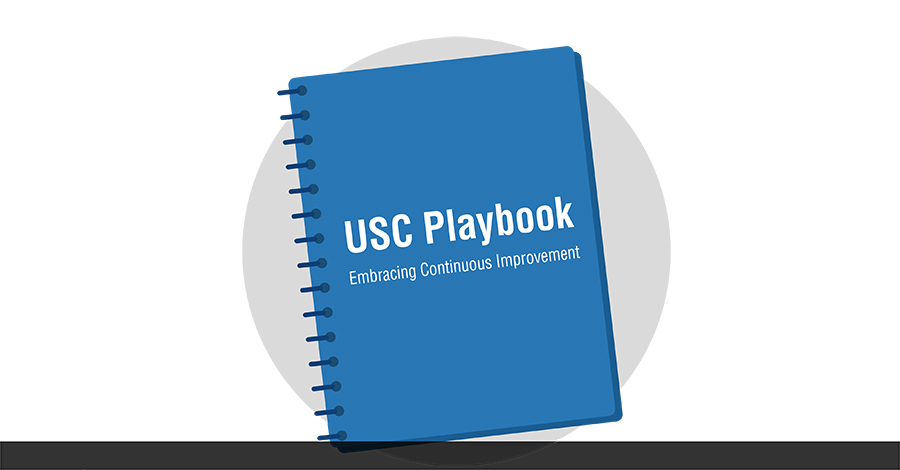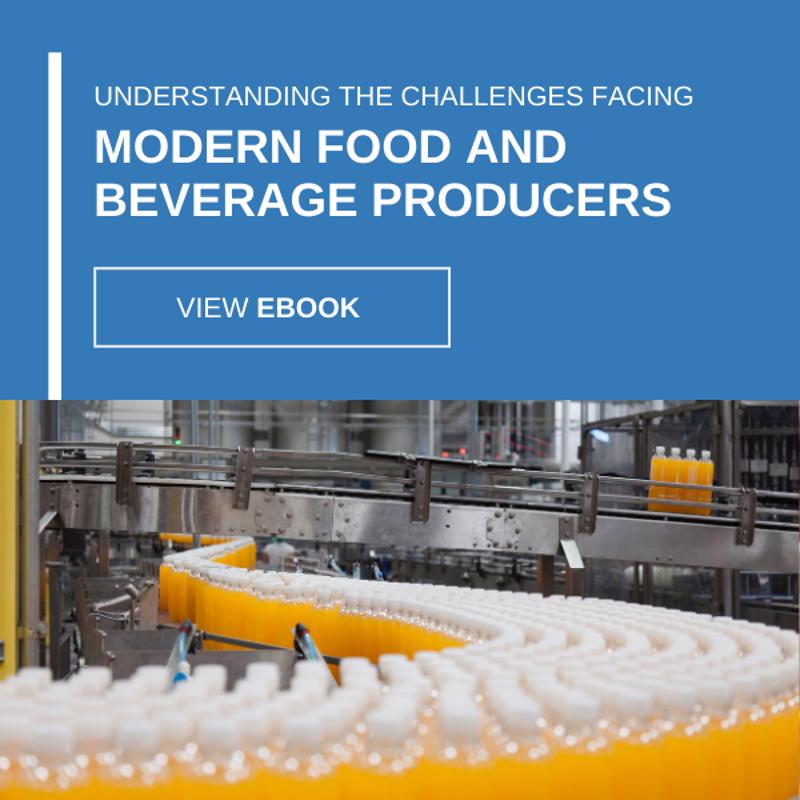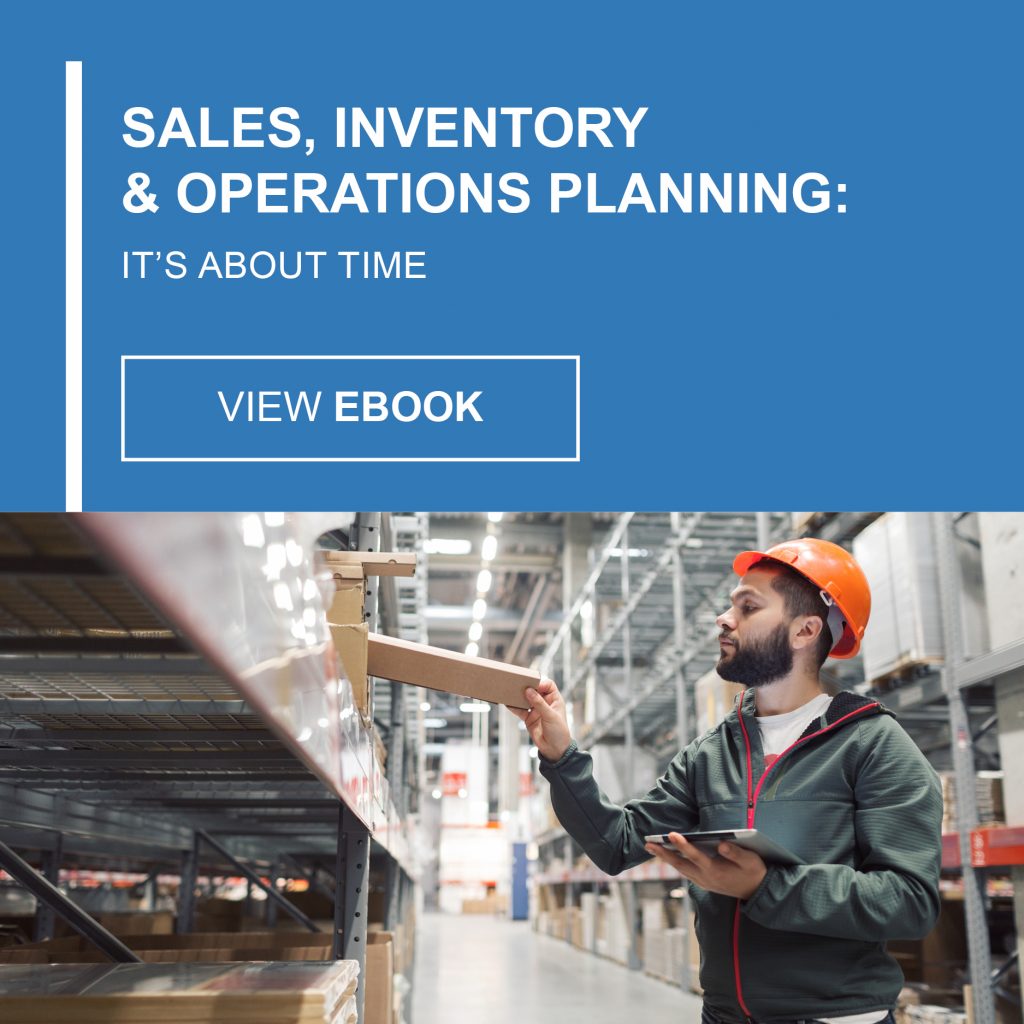-
Subscribe to Blog:
SEARCH THE BLOG
CATEGORIES
- Aerospace
- Asset Maintenance
- Automotive
- Blog
- Building Products
- Case Studies
- Chemical Processing
- Consulting
- Food & Beverage
- Forestry Products
- Hospitals & Healthcare
- Knowledge Transfer
- Lean Manufacturing
- Life Sciences
- Logistics
- Manufacturing
- Material Utilization
- Metals
- Mining
- News
- Office Politics
- Oil & Gas
- Plastics
- Private Equity
- Process Improvement
- Project Management
- Spend Management
- Supply Chain
- Uncategorized
- Utilities
- Whitepapers
BLOG ARCHIVES
- June 2025 (4)
- May 2025 (1)
- April 2025 (1)
- March 2025 (1)
- February 2025 (4)
- January 2025 (4)
- December 2024 (4)
- November 2024 (2)
- October 2024 (6)
- September 2024 (5)
- August 2024 (5)
- July 2024 (6)
- June 2024 (3)
- May 2024 (3)
- April 2024 (4)
- March 2024 (3)
- February 2024 (4)
- January 2024 (5)
- December 2023 (2)
- November 2023 (1)
- October 2023 (6)
- September 2023 (3)
- August 2023 (4)
- July 2023 (2)
- June 2023 (3)
- May 2023 (7)
- April 2023 (3)
- March 2023 (3)
- February 2023 (5)
- January 2023 (6)
- December 2022 (2)
- November 2022 (5)
- October 2022 (5)
- September 2022 (5)
- August 2022 (6)
- July 2022 (3)
- June 2022 (4)
- May 2022 (5)
- April 2022 (3)
- March 2022 (5)
- February 2022 (4)
- January 2022 (7)
- December 2021 (3)
- November 2021 (5)
- October 2021 (3)
- September 2021 (2)
- August 2021 (6)
- July 2021 (2)
- June 2021 (10)
- May 2021 (4)
- April 2021 (5)
- March 2021 (5)
- February 2021 (3)
- January 2021 (4)
- December 2020 (3)
- November 2020 (3)
- October 2020 (3)
- September 2020 (3)
- August 2020 (4)
- July 2020 (3)
- June 2020 (5)
- May 2020 (3)
- April 2020 (3)
- March 2020 (4)
- February 2020 (4)
- January 2020 (4)
- December 2019 (3)
- November 2019 (2)
- October 2019 (4)
- September 2019 (2)
- August 2019 (4)
- July 2019 (3)
- June 2019 (4)
- May 2019 (2)
- April 2019 (4)
- March 2019 (4)
- February 2019 (5)
- January 2019 (5)
- December 2018 (2)
- November 2018 (2)
- October 2018 (5)
- September 2018 (4)
- August 2018 (3)
- July 2018 (2)
- June 2018 (4)
- May 2018 (3)
- April 2018 (3)
- March 2018 (2)
- February 2018 (2)
- January 2018 (1)
- December 2017 (1)
- November 2017 (2)
- October 2017 (2)
- September 2017 (1)
- August 2017 (2)
- July 2017 (2)
- June 2017 (1)
- April 2017 (3)
- March 2017 (3)
- February 2017 (2)
- January 2017 (2)
- December 2016 (2)
- November 2016 (4)
- October 2016 (4)
- September 2016 (3)
- August 2016 (6)
- July 2016 (4)
- June 2016 (4)
- May 2016 (1)
- April 2016 (3)
- March 2016 (4)
- February 2016 (2)
- January 2016 (4)
- December 2015 (3)
- November 2015 (3)
- October 2015 (1)
- September 2015 (1)
- August 2015 (4)
- July 2015 (6)
- June 2015 (4)
- May 2015 (7)
- April 2015 (6)
- March 2015 (6)
- February 2015 (4)
- January 2015 (3)
CONNECT WITH US
Tag Archives: Business Strategy
In sports, what separates the top teams from the middle of the pack? In business, what gives the edge to one organization over another? Continuous improvement strategy.
The winningest teams are always looking to continuously improve by mastering the fundamentals and putting in the time and dedication to perform when the clock is ticking down and the next score wins.
The same is true for organizations competing within their industries – the key to success for any business is the pursuit of continuous improvement.
To maximize your business’ potential and come through in the clutch, take a page from the USC Playbook with these keys to the game of continuous improvement strategy:
- Become more people-focused: There’s no “I” in team, and there are no W’s in the win column without individuals who collaboratively buy in to a CI mentality.
- Prioritize communication: Much like the players on the ice, workers must be clear about what the strategy is and their part in crossing the goal line will be.
- Embrace the unending journey: Maintaining a CI mindset requires reflection and a company-wide attitude of perpetually reaching the next level of success.
- Key in on process: Knowing what works and what doesn’t allows you to change the game plan when circumstances dictate.
- Invest in success: Lean tools such as resource capacity planning and operational performance reviews provide context and direction for how to best spend capital.
- Be teachable: There’s always a way to do things better. Be willing to listen to alternative approaches.
Continuous improvement isn’t a destination; it’s a mentality. USC Consulting Group can provide the training, resources and strategy you need to realize sustained success, no matter the arena.
Do you want to enhance your continuous improvement strategy and operational performance? Download the USC Playbook today and hoist that cup.
It is a delicate balance to run a business in times of economic uncertainty. On one hand, you want to be optimistic, but on the other, you must also be realistic. Many organizations in a variety of industries did just that when the pandemic first struck. Whether in official press releases, mass emails, or executive meetings, business leaders acknowledged that tough times may indeed be ahead, but also expressed confidence and cautious optimism that supply chain disruptions would be minimal.
While the economic fallout from the pandemic proved to be less harmful than anticipated for some – particularly those in the big box and e-commerce retail segment, such as Walmart and Amazon – it greatly impacted the vast majority of industries. This includes food and beverage suppliers, packers, and manufacturers. Indeed, the pandemic and resulting economic downturn have impacted several major organizations, and as a result, led to a domino effect resulting in back orders and food shortages.
“The food and beverage industry is ramping up efforts to adjust and adapt.”
Since a vaccine for COVID-19 likely won’t be available any time soon, the food and beverage industry is ramping up efforts to adjust and adapt so shelves, pantries, refrigerators, and freezers are as fully stocked as possible.
In one form or another, from restaurants to processors and grocers, no food-related organization has been unaffected. But the meat industry may have gotten the worst of it. As reported by The Wall Street Journal, this $213 billion segment has experienced significant declines in production and assembly line output, as thousands of workers have been sidelined after testing positive for COVID-19. According to the Department of Agriculture, beef and pork yield plummeted nearly 30% during the first full week of May when compared to the corresponding period in 2019.
With fewer individuals operating assembly lines, output naturally declines, but these adverse effects were exacerbated by meat plants shutting down almost entirely. Food service distributors are as a result notifying customers of what to anticipate in the days and months ahead.
“Expect little to no boxed beef,” a correspondence obtained by the Journal read. “Business as usual is nowhere in sight.”

Dairy industry plagued by problems
Meanwhile, dairy farmers and bottlers have encountered similar obstacles during this ordeal. Early on, grocers throughout the country experienced “panic buying,” in which consumers snatched up gallons upon gallons of milk in anticipation there would be a shortage. Others followed suit, fearing they too would be unable to purchase milk products. This forced the industry to ramp up production. However, with illnesses also impacting bottlers, the surge in demand could not be complemented with growth in supply, resulting in millions of gallons being dumped due to curdling.
Nearer to the start of the public health crisis, organizations like the American Dairy Products Institute turned to the federal government for guidance and support. In a statement, ADPI CEO and President Blake Anderson said at the time that the U.S. needed to draw lessons from what other countries had encountered.
“It is imperative that our federal government now begin to lay out a strategy for ensuring the continued operation of the critical infrastructure industries,” Anderson said at the time. “After speaking with the EU and Canada about impacts to their dairy industries, we must prioritize the safety and availability of our workforce, ensuring transportation routes remain open, and providing a viable market or market alternatives for our nation’s dairy products.”
Shortly thereafter, Coca-Cola reported some of its own supply chain issues, only related to the sugar alternatives used in its diet and zero-calorie products. As reported by CNN, the soft drink conglomerate noted in its annual report that it fully anticipated “critical raw materials” like sucralose, cyclamate, stevia and acesulfame potassium may become harder to find, having experienced fewer shipments from China.
While many point to the COVID-19 pandemic as the first of its kind, given the degree to which the virus has affected the economy, it’s possible that something similar may happen again. As such, the food and beverage industry may need to be more proactive about adapting their processes so interruptions can be mitigated.
Subsidiaries and franchises are at varying degrees of progress in the midst of these preparatory efforts. For example, MVP Dairy, located in the northwestern portion of Ohio, is more assiduously examining its supply chains to close gaps and ensure continuity. The co-owner of the plant told the Journal he’s stocking up on feed for his cows as well as vitamin and mineral substitutes should there be a run on such staples. MVP Dairy is also being more fastidious about cleanliness and sanitation by implementing regularly scheduled scrubbings of high-touch surfaces, handles, and equipment.
Inventory management more of a priority
It isn’t just the food and beverage industry that’s reevaluating its supply chains – it’s businesses, in general. For example, inventory management has always been something that consultants have promoted, but it appears that more organizations are taking this advice more seriously.
Griffith Lynch, executive director for the Georgia Ports Authority, noted in a recent group discussion that he’s witnessed the degree to which organizations have inquired and focused on smart storage strategies.
“We’ve moved from a just-in-time world to a just-in-case world,” Lynch said in a discussion hosted by the U.S. Chamber of Commerce, Supply Chain Dive reported. He further stated shippers have come to the authority requesting free storage.
Organizations inside and outside the food and beverage industry are also re-evaluating their suppliers and considering whether they should supplement them with a fallback provider. They’re further stressing the importance of buying local or at the very least transitioning processes that had been done overseas back to the States. In a Thomas survey conducted in April, nearly two-thirds of manufacturers indicated they planned to increase production and sourcing in North America, 28% of which said this move was “extremely likely,” Supply Chain Dive reported separately.
The coronavirus crisis has forced everyone to reevaluate business as usual. A new normal may be necessary moving forward. USC Consulting Group can help you make productivity improvements and learn from experience so challenging times can lead to opportunities for growth. Contact us today to learn more.
Sales, Inventory & Operations Planning (SIOP) is a dynamic process in which the company’s operating plan is updated on a regular monthly or more frequent basis. The plans take into account projections made by the sales and marketing departments, the resources available from manufacturing, engineering, purchasing, and finance, and are directed toward hitting the company’s objectives. Sales, Inventory & Operations Planning is done on an aggregate or family level, and covers a sufficient span of time to make sure that the necessary resources will be available. Any difficulties in supporting the sales plan are worked out. The approved aggregate plans drive the individual departmental detail plans. Each month, the representatives meet again to determine whether the overall company plan is on course, and to adjust for changes in the marketplace and changes or problems within the company.
Another contribution of Sales, Inventory & Operations Planning is that it enables the company to fine-tune its long-range strategic plan and annual business plan. The strategy must answer such vital questions as:
- What is our business (products, and services)?
- To whom do we sell (markets, customers)?
- What resources are required (people / skills, technology, plant and equipment, distribution, etc.)?
- What is the measure by which we compete (quality, delivery, price, service)?
- What is our financial strategy (profit, growth, ROA, ROI)?
- Any additional strategies (make or buy, market share, flexibility)?
Sales, Inventory & Operations Planning offers another key benefit to companies striving for the competitive edge: it enables them to operate Manufacturing Resource Planning (MRP II) at its full potential. When Sales, Inventory & Operations Planning is the driver in an MRP II system, the results are likely to be a Class A performance, which in turn means better customer service, more reliable performance, reduced costs, and greater profits.
Objectives of Sales, Inventory & Operations Planning
- Support and measure the business plan. Sales, Inventory & Operations Planning helps to determine whether your original financial expectations (budget), current sales plan, and operations plan are in sync with each other. It does this through monthly reviews of the marketplace and updates of the company’s operations plans. The updated plans must be in tune with the marketplace.
- Ensure that the plans are realistic. The key players from each department participate in formulating the new plans to make sure that all recommendations can be realistically supported. Since all of the numbers and assumptions are out on the table throughout the process, each department has more time to evaluate its resources and capabilities in the context of the company-wide plan. The result is a solid set of department plans that are based on real numbers and capabilities.
- Effectively manage change. The ability to carry out Sales, Inventory & Operations Planning is synonymous with being able to manage change, to substitute controlled and appropriate responses for knee-jerk reactions.
- Better manage finished goods inventory and / or backlog to support customer service. Maintaining the right level of finished goods inventory for make-to-stock families is essential for good “off the shelf” customer service. Operating at too high an inventory level results in extra costs, while operating at too low a level creates too many back orders. In a similar manner, controlling backlogs for make-to-order products is also essential for good customer service. If actual backlog becomes too large, delivery times stretch out, which eventually will cause customers to go elsewhere. By contrast, insufficient backlog can incur extra operating costs.
- Measure performance. Sales, Inventory & Operations Planning incorporates performance measurements to identify whenever actual performance is deviated significantly from the plan. The two main purposes of this are to separate those activities that are in control from those that aren’t, and to quickly bring the out-of-control situation to the surface so that an evaluation can be made and, if necessary, corrective action taken.
- Build teamwork. A key element of Sales, Inventory & Operations Planning is that it gives each department an opportunity to participate in the overall planning process. Each executive brings his experience and skills, which add insights to the matter of making changes to the current plans. These same talents can respond to proposed changes in terms of consequences and alternatives.
Prerequisites for Performing Sales, Inventory & Operations Planning
- Each department must gain an understanding of the Sales, Inventory & Operations Planning process.
- The company must commit the time and resources to the process
- The company must define product groupings or families
- The company must establish an adequate planning horizon
- The company must establish and manage time fences.
Understanding How to Operate
For SIOP to be effective, there can be no “black boxes” in the process; all participants must understand how it works and what it is designed to achieve. When people understand that sharing information does not mean giving up control and they see that the exchange actually leads to gaining control, they will be more willing to work in concert with their fellow departments toward the larger objectives of the company.
Commitment and People
Embarking on the Sales, Inventory & Operations Planning process is like making a lifetime commitment.
A suggested list of participants is as follows:
Company President, Vice President Sales & Marketing, Vice President Operations, Director of Logistics, Vice President Engineering, Vice President Finance, Vice President Information Systems, Vice President Human Resources
Optional Participants:
Products Managers, Materials Manager, Manufacturing Managers, Distribution Managers, Customer Service Manager
Defining Families
SIOP is carried out at the aggregate level. By “aggregate” we mean product groupings or families rather than individual products or items. The idea is to get effective input and control from management. This comes about by managing families, not items, and managing rates, not specific work orders.
Planning Horizon
The term “planning horizon” refers to how far ahead you need to establish your plans. Everyone recognizes that Sales, Inventory & Operations Planning is long-term, but the word “long” needs to be quantified. The SIOP plan must extend far enough into the future to ensure the availability of all resources. Thus, whichever resource – material, equipment, people – takes the longest determines the length of the planning horizon.
Time Fences
All departments must recognize in their SIOP process that changes in the plan are time-dependent; that is, the closer the change, the more costly or impossible it may become to make the changes in the plan. For every product family, there are “time fences” – guidelines that demarcate when changes are feasible. The fences reflect the realities of each business.
Sales, Inventory & Operations Planning as an Ongoing Process
A critical aspect of SIOP is that it not a one-time event during which production levels are established. For each Sales, Inventory & Operations Planning cycle, the key players from each department compare actual results to plan, evaluate their performance, and prepare updated plans for the current period.
Sales, Inventory & Operations Planning meetings should take place at least once per month. A month is usually a sufficient period of time to differentiate a trend from a minor variation or “blip,” but it is not so long that corrective action is no longer possible. Still, there are occasions when SIOP meetings must be held more frequently than once a month, depending on the nature of the company and the volatility of the marketplace. Companies that sell seasonal items, for example, might have to meet weekly prior to and during their peak selling periods.
Another cause for meeting more frequently or on a special basis is abnormal demand. When demand is suddenly noticeably higher or lower than normal, sales and marketing must decide if the demand represents real change or just a temporary anomaly. The key point is that decisions about how to handle abnormal situations must be made in a timely fashion at the appropriate management level.
Developing a proactive strategy that syncs up all divisions across a company enables flexibility and improves overall production. For help optimizing your Sales, Inventory & Operations Planning process, contact the company that was established over 50 years ago as Universal Scheduling Corporation (USC) and has been excelling clients’ processes ever since.
And to learn why inventory is the key to the whole process and why we identify it as SIOP and not S&OP, download our eBook below:











